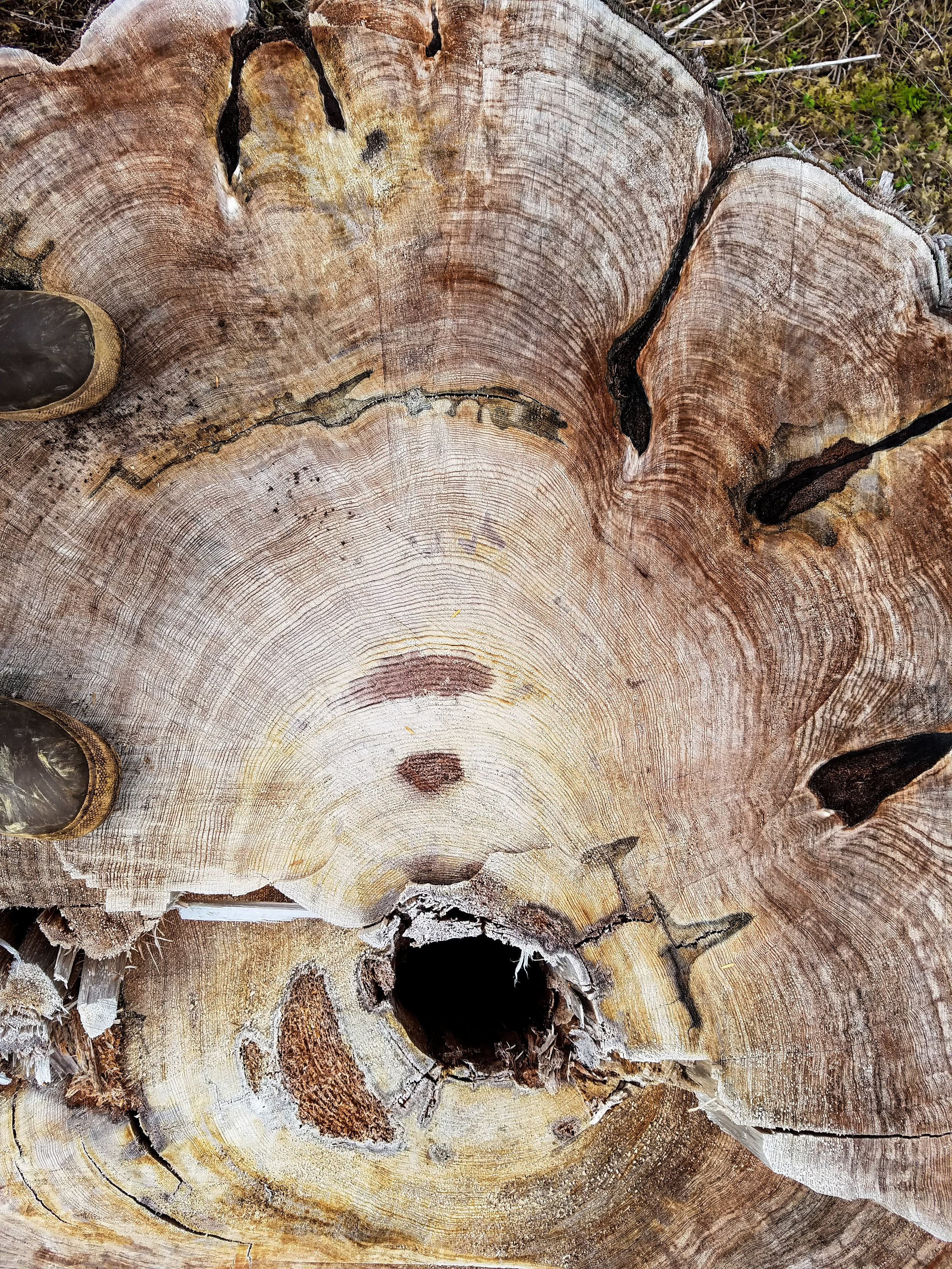BACKGROUND AND WHY: The Roadless Rule was first adopted in January 2001. Since then, it has survived several court challenges, one all the way to the Supreme Court, which declined in 2016 to overrule the 9th Circuit’s decision to uphold it. One case still pending in DC District Court.
The Roadless Rule, enacted in the last days of the Clinton administration after a lengthy public process, prohibits road construction in "inventoried roadless areas" greater than 5,000 acres because roads "have the greatest likelihood of altering and fragmenting landscapes, resulting in immediate, long-term loss of roadless area values and characteristics.”
In fact, the Roadless Rule was the subject of 600 public hearings, received an avalanche of strong support of over 1 million public comments, and had the backing of hundreds of natural resource scientists[1], all of whom wanted the Tongass included in the Rule.
Importantly, despite the Rule’s prohibitions it does not block all road construction in roadless areas. For example, it allows the Forest Service to approve roads necessary for hydropower and mine development and for linking communities. In fact, “some 55 projects within roadless areas in Alaska have been rapidly approved by the Forest Service”.[2]
COMMENTS DEADLINE: The comment deadline for the proposed Tongass Exemption from the Roadless Rule is midnight, October 15, 2018.
ADDRESSES: You can submit online here: https://cara.ecosystem-management.org/Public/CommentInput?Project=54511.
.Or send by mail to:
Alaska Roadless Rule,
USDA Forest Service, Alaska Region, Ecosystem Planning and Budget Staff,
P.O. Box 21628,
Juneau, Alaska 99802-1628
Here are some points you could customize and work into your comments:
• The Governor Walker administration is turning its back on overwhelming public sentiment, science, concerns of American taxpayers, and truly sustainable Alaska industries that rely on intact forest ecosystems.
• The Roadless Rule protects the world-class, old-growth forest environments that fish and wildlife depend on, American people treasure and Alaskans rely on for their collective livelihoods, quality of life, and subsistence uses. A Tongass exemption from the rule is shortsighted and would undermine all those values.
• The Walker administration is caving-in to an industry that is less than 1% of the regional economy and has already resulted in a massive, decades-long drain on the public’s financial resources. From 1982-2012 the Forest Service spent $1,193,521,560 more to log the Tongass than it received in timber revenues! Enough already for this loser industry that does great harm for minuscule benefit.
• The Walker administration feigns concern for the impact of climate change on Alaskan communities, yet with this proposed exemption it ignores that the Tongass is North America’s largest carbon sink, and sequesters 8% of all greenhouse warming gases of national forests in the US.[3] Logging these forests will have severe long-term environmental and economic consequences.
• The Walker administration, at great commitment and cost to the budget-strapped State of Alaska, participated in the Tongass Advisory Committee which developed a plan to transition out of old growth logging. With this proposed Roadless exemption he has unilaterally abandoned the State’s support of the TAC’s findings and has squandered those resources in order to enter into a highly controversial, Hail Mary attempt to reverse the Rule on the Tongass. After nearly two decades of upheaval, Governor Walker is forcing Alaskans to endure a seemingly perpetual controversy—all to prop up an antiquated, harmful, and tiny sector of Alaska’s economy.
• On Sept. 6, Governor Walker announced he will establish a 13 member Alaska Roadless Rule Citizen Advisory Committee. The committee is a farce. Only 12 days later, all but two seats have reportedly been filled.This while the Roadless Exemption Open Houses are in progress, the comment period has not even closed, and local residents are still engaged in their end-of season livelihoods. Clearly, from the get-go, the panel was largely predetermined and the Governor had no interest in selecting from a broad base of qualified candidates.
• With this proposed exemption, the Walker Administration forces the American tax payer to further subsidize round log exports to China and elsewhere in support of their manufacturing base—not Alaska’s. In fact, the 2016 Tongass Forest Plan makes clear that the Forest Service intends to authorize the export of roughly two-thirds of the timber removed from federal forests as unprocessed logs.[4] Enactment of this proposed rule would continue the trend of managing Tongass public lands as a subsidized timber colony for the exclusive benefit of Alcan/Transpac Group, an international raw log exporter headquartered in Vancouver B.C., and Viking Lumber of Klawock. Viking is also a large-scale raw log exporter.
[1] See scientists letter to Congress regarding Alaska Forest Riders and the Roadless Rule. Jan. 28, 2018.
[2] Juneau Empire. Keep the Tongass wild and roadless. Dominick DellaSala, John Schoen, John Talbert. August 17, 2018.
[3] Id.
[4] 2016 LRMP FEIS at 3-492-3-493, Tables 3.22-8, 3.22-9



